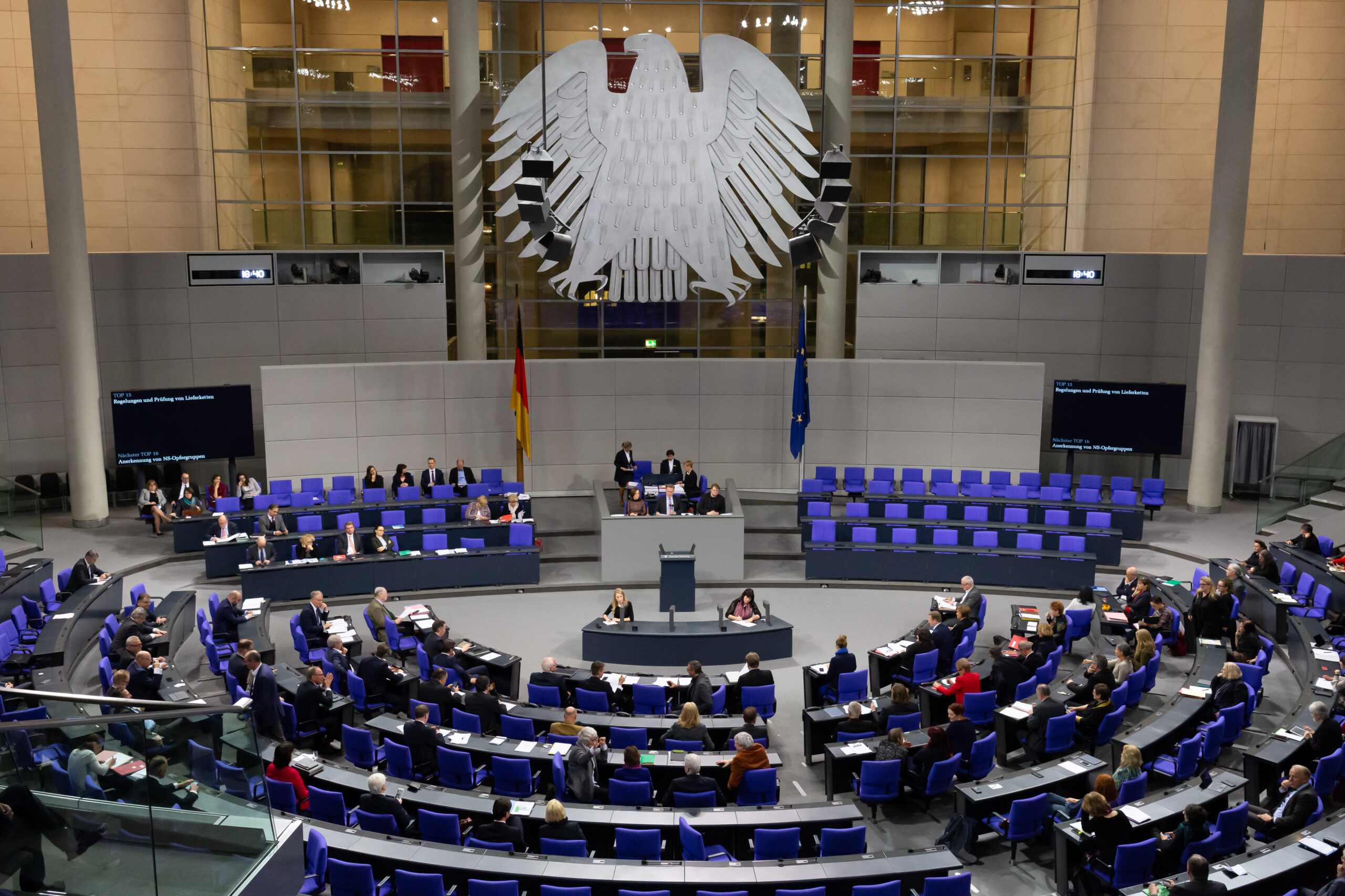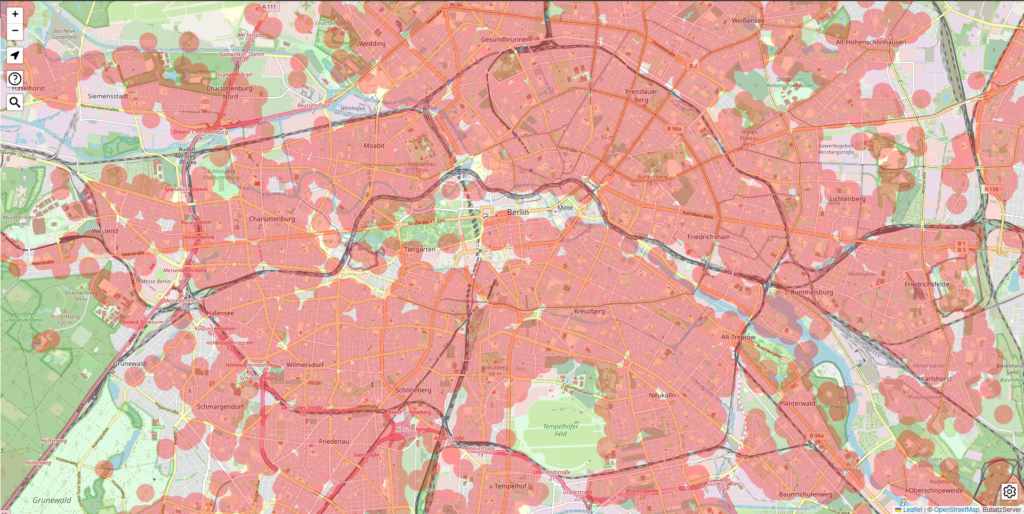
After a long wait, the draft bill for the CanG, the – presumably – future cannabis law in Germany, has made it to the Bundestag. The bill aims to take the first steps toward a legal cannabis market – ideally as early as early 2024.
What is in the cannabis law now?
Oracles about the details of legalization in Germany have been a preoccupation in many places in recent months. Back in April, a key points paper was published in which the plans were specified. Therefore, it was no surprise what the Bundestag would now discuss. The current bill aims to implement the so-called “first pillar” of legalization. The second pillar of commercial cannabis cultivation has been pushed into the future.
Under the first pillar, private home cultivation and community non-commercial cultivation in cannabis social clubs will be legalized. The bill is often referred to as “legalization light” because there are still many fairly restrictive rules. Adults will be allowed to possess up to 25g of cannabis for personal use. Private cultivation is allowed for three plants, and children and adolescents must be kept away. Social clubs (called cultivation associations in the bill) also have many rules to follow. A maximum of 500 members are admitted, all of whom must reside in Germany. A maximum of 25g per day and 50g per month may be issued per member. For young people between the ages of 18 and 21, it is only 30g per month, which also must not contain more than 10% THC. In addition, there is a ban on advertising and sponsorship.
Protection zones throughout Germany
Another rule has caused particular astonishment in the cannabis community: there is to be a protective zone of 200 meters around cultivation associations, schools, children’s and youth facilities, children’s playgrounds and publicly accessible sports facilities, in which the consumption of cannabis in the open is not permitted. The consumption of cannabis should also not be allowed in pedestrian zones between 7 a.m. and 8 p.m.

What is justified with a protection of children and young people, has some problems in practice: the listed places exist in Germany in such a density that – especially in cities – the consumption of cannabis will almost only be possible in private apartments or large parks.
What does the Bundestag think?
The Bundestag debate was short – but quite intense. While Karl Lauterbach advocated his proposal with conviction, many others were less enthusiastic. There was fundamental resistance from the conservative side (AfD and Union). Both parties continue to try to stop legalization itself. Impressive how these politicians can ignore today’s situation with millions of cannabis users and a huge black market, and instead continue to waffle on about their concept of the “gateway drug”.
More exciting seems to be the criticism of experts and the left factions. There it is pointed out that the distance regulations and many other precisely defined details of the legalization Light are hardly implementable in practice. With these concessions to conservative forces, the bill threatens to become a law that is either never actually enforced, or takes up an insane amount of resources to control. This would also largely cancel out one of the major advantages of legalization – the savings in effort and costs in law enforcement.
Legalization in Germany only for non-drivers
Another weak point of the current legalization plans: So far, no changes to the Road Traffic Act are planned. However, since a THC limit of one nanogram per milliliter of blood applies to driving in Germany, cannabis-using drivers are almost certainly liable to prosecution. Even when they actually get behind the wheel sober. In one of our last blog posts, we highlighted the issue in Switzerland. To cut a long story short: the Swiss limit of 1.5ng/mL is also clearly too low.
After all, the federal government in Germany has now said it will set up a working group to present initial results in spring 2024. However, in view of a legalization starting in January 2024, this is a rather unsatisfactory perspective for motorists…
So what does this mean for legalization?
Germany continues to move step by step towards legalization. The eternal conservative factions in the Bundestag are unlikely to stand a chance with their fundamental opposition. And the left-wing groups will probably try a few more things to make the legalization plans a bit bolder – but in case of doubt, they would still rather have the current bill than no legalization at all.
All those who were now looking forward to a “green revolution” are likely to be rather disappointed by the result. It is a huge step that the possession and cultivation of cannabis will soon no longer be punishable. Overall, however, the current plans are still close to restrictive policies and far from a legal cannabis market that could effectively displace the black market.




